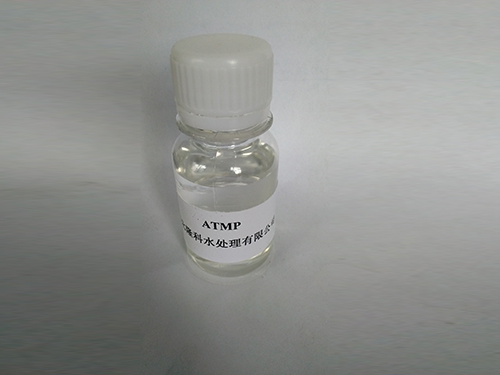Exploring the Applications and Safety of Isothiazolinone Compounds in Various Industries
Understanding Isothiazolinones Applications, Safety, and Alternatives
Isothiazolinones are a class of synthetic compounds widely recognized for their efficacy as biocides and preservatives. They have become essential ingredients in various industrial and consumer products, including cosmetics, personal care items, household cleaners, and industrial applications. Their increasing prevalence has sparked discussions about their safety and the potential for allergic reactions, particularly in sensitive populations. This article explores the applications of isothiazolinones, their safety profiles, and the search for alternatives.
What Are Isothiazolinones?
Isothiazolinones are characterized by their heterocyclic ring structure, which consists of a six-membered ring containing sulfur and nitrogen. The most commonly used derivatives in commercial products include methylisothiazolinone (MIT) and benzisothiazolinone (BIT). These compounds are favored for their broad-spectrum antimicrobial properties, offering effective protection against bacteria, fungi, and algae. This efficiency makes them particularly valuable in formulations that require durability and stability.
Applications of Isothiazolinones
1. Cosmetics and Personal Care Products Isothiazolinones are frequently used as preservatives in shampoos, lotions, creams, and other personal care products. They help to prolong shelf life by preventing microbial growth, which can compromise product integrity.
2. Household Cleaners Many household cleaning products, such as disinfectants and laundry detergents, incorporate isothiazolinones due to their strong antibacterial and antifungal properties. They ensure that products remain effective during use and storage.
3. Industrial Applications In the industrial sector, isothiazolinones are utilized in cooling systems, paper manufacturing, and oilfield applications. Their ability to inhibit microbial growth contributes to efficiency and reduces maintenance costs.
4. Paints and Coatings Isothiazolinones are also found in paints and coatings to prevent spoilage and extend product longevity, ensuring that industrial and consumer-grade products maintain their quality over time.
isothiazolinones

Safety Concerns
Despite their widespread use, isothiazolinones have garnered attention over safety concerns, particularly regarding allergies and sensitization. Studies have indicated that prolonged exposure to MIT can lead to skin sensitization, with symptoms such as dermatitis manifesting in susceptible individuals. This has prompted regulatory agencies in different countries to reevaluate permissible concentrations in various applications.
For example, the European Union has imposed strict regulations regarding the use of isothiazolinones in cosmetics, limiting their concentration to mitigate the risk of allergic reactions. Given these regulations, there has been a growing emphasis on liability and labeling, ensuring that consumers are aware of the presence of such compounds in products.
Alternatives to Isothiazolinones
In response to safety concerns, researchers and manufacturers have increasingly focused on developing alternative preservatives and antimicrobial agents. Natural preservatives derived from plant sources, such as essential oils and extracts, are gaining popularity as potential substitutes. Ingredients like tea tree oil, rosemary extract, and various botanical extracts are being explored for their effectiveness and lower allergenic potential.
Moreover, bio-preservatives, which utilize naturally occurring microorganisms to inhibit the growth of harmful bacteria and fungi, are drawing interest as sustainable alternatives. These bio-preservatives can offer similar efficacy while alleviating concerns associated with synthetic compounds.
Conclusion
Isothiazolinones play a crucial role in various industries due to their potent antimicrobial properties; however, they are not without their challenges, especially concerning safety and allergic reactions. As consumer awareness and regulatory scrutiny increase, the exploration of safer alternatives is imperative. Balancing the need for effective preservation and safety will shape the future of this essential class of compounds. Continued innovation will be key in ensuring that products remain both efficacious and safe for consumers, ultimately paving the way for a more sustainable and health-conscious approach to product formulation.
-
2 Phosphonobutane 1,2,4 Tricarboxylic Acid (PBTCA): Superior Scale & Corrosion InhibitorNewsAug.31,2025
-
Dodecyldimethylbenzylammonium Chloride: High-Purity DisinfectantNewsAug.30,2025
-
2-Phosphonobutane-1,2,4-Tricarboxylic Acid: Scale & CorrosionNewsAug.29,2025
-
Premium Isothiazolinones | Broad-Spectrum Biocidal SolutionsNewsAug.28,2025
-
LK-319 Special Scale And Corrosion Inhibitor For Steel Plants: Advanced Solutions for Industrial Water SystemsNewsAug.22,2025
-
Flocculant Water Treatment: Essential Chemical Solutions for Purification ProcessesNewsAug.22,2025





